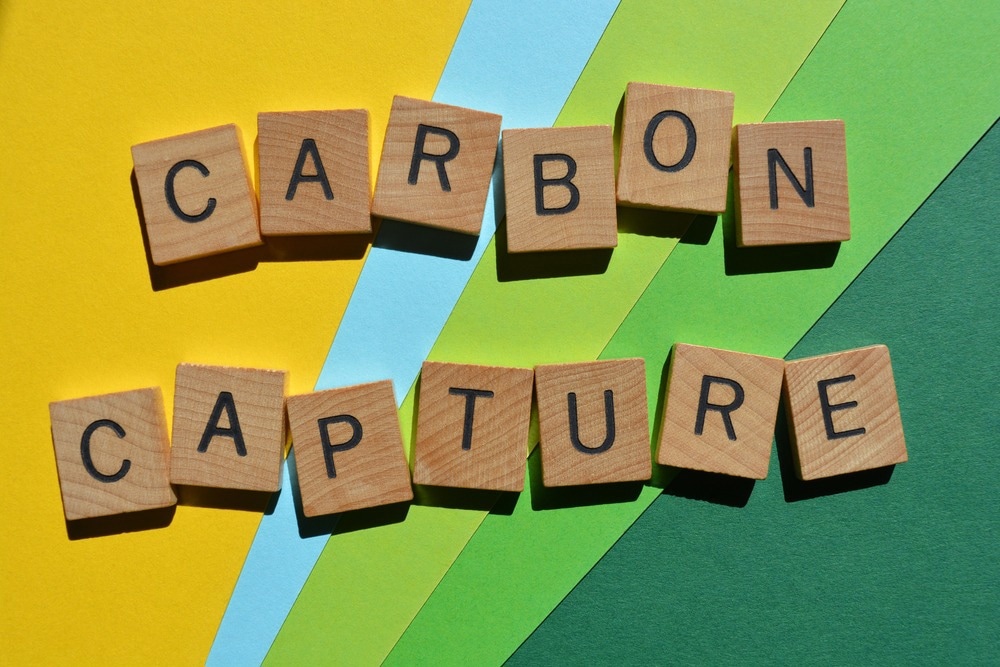Carbon capture is a viable technique for mitigating climate change. This method traps carbon dioxide (CO2) before it escapes into the atmosphere, but it demands a significant amount of energy and equipment.

Image Credit: Josie Elias/Shutterstock.com
Recently, investigators reporting in ACS Central Science have developed a capture system that uses an electrochemical cell to easily capture and release CO2. The device runs at room temperature and uses less energy than traditional amine-based carbon-capture systems.
Numerous industries are shifting to electrification to help reduce carbon emissions, but this method is not suitable for all industries. CO2, for instance, is a natural byproduct of cement production and a significant contributor to emissions on its own.
Carbon-capture technologies, which rely primarily on amines to help “scrub” the pollutant by chemically bonding to it, can trap excess gas. However, this necessitates a significant amount of energy, heat, and industrial equipment, all of which can consume additional fossil fuels.
Carbon capture could be electrified using electrochemical cells, which could be driven by renewable energy sources. So, Fang-Yu Kuo, Sung Eun Jerng, and Betar Gallant set out to create an electrochemical cell that could quickly and reversibly trap CO2 while requiring little energy.
By “swinging” positively charged cations across a liquid amine solubilized in dimethyl sulfoxide, the group first created an electrochemical cell capable of capturing and releasing emitted carbon. A strong Lewis cation interacted with the carbamic acid when the cell was discharged, releasing CO2 and forming the carbamate amine.
When the method was reversed and the cell was charged, the cation was eliminated, and the cell was able to capture CO2 while also reforming the carbamic acid.
The ion-swinging process was optimized by the investigators using a combination of potassium and zinc ions. In a prototype cell, they used these two ions to form the cathode and anode. In preliminary tests, this cell needed less energy than other heat-based cells and was competitive with other electrochemical cells.
They also tested the device’s long-term stability and discovered that nearly 95% of its original capacity was retained after so many charging and discharging cycles, proving the system was viable. According to the investigators, this work demonstrates the feasibility of an electrochemical alternative and could help make continuous CO2 capture-release technologies more practical for industrial applications.
Journal Reference:
Kuo, F.-Y. et al. (2023) Dual Salt Cation-Swing Process for Electrochemical CO2 Separation. ACS Central Science. doi.org/10.1021/acscentsci.3c00692.